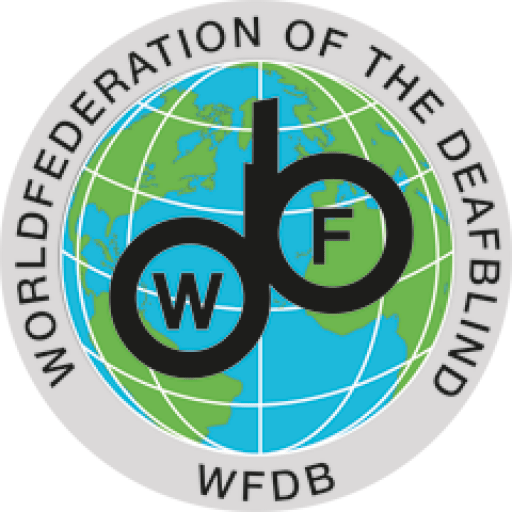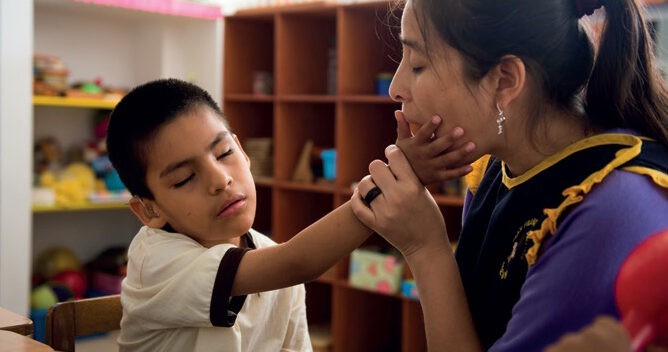Echoing the changes triggered by the UN Convention on the Rights of Persons with Disabilities (CRPD), the adoption of Agenda 2030 and the Sustainable Development Goals (SDGs) emphasised the importance of inclusive development and leaving no one behind. Worldwide, there is a growing momentum for change based on inclusion, which marks a significant shift from the invisibility and exclusion of persons with disabilities from the Millennium Development Goals (MDGs). However, it is vital to recognise that persons with disabilities are not a homogenous group, and some constituencies, such as persons with deafblindness, remain marginalised and, in many ways, invisible.
Persons with deafblindness represent between 0.2% and 2% of the global population and are more likely to live in poverty and be unemployed, with lower educational outcomes than other persons with disabilities. They face multiple barriers, such as a lack of access to support services and accessible information, which ultimately makes it extremely difficult to voice their issues.
In many countries, persons with deafblindness are not recognised as a distinct disability group. This has contributed to a persistent statistical invisibility even when efforts are made by governments to collect disability-related data. This is reflected at international level, with only seven references to persons with deafblindness in the 2011 landmark World Report on Disability [1].
The experiences of the World Federation of the Deafblind (WFDB), Sense International (SI) and the International Disability Alliance (IDA) in the last 10 years indicate that the issues faced by persons with deafblindness have largely been ignored.
Evidence confirms a disability and development gap [2], and there is a significant risk that efforts to implement the CRPD and inclusive SDGs will exclude persons with deafblindness, among other marginalised groups.
WFDB and SI agree that the relative invisibility of persons with deafblindness is both a cause and a consequence of a lack of understanding across disability rights and development stakeholders, both in terms of the extent and diversity of their issues, as well as their specific inclusion requirements.
A literature review conducted for this report found that there is a lack of good quality, comparable data on persons with deafblindness. The majority of studies documented were small in scale and focused only on people in specific circumstances, such as members of deafblind organisations, people in assisted living, and those who attend rehabilitation centres. The review also found that most research focused on adults who acquired deafblindness later in life or was undertaken in the United States or European countries. There were almost no studies from low or middle-income countries.
This global report has, therefore, been conceived as an evidence-based awareness raising tool, as well as to contribute to the global monitoring of both CRPD and the SDGs. It will feed into the 2020 SDG baseline and a follow-up report is planned for 2025.
Combining the largest population-based analysis of persons with deafblindness conducted to date (disaggregation of 11 population-based surveys from low, middle and high-income countries), an academic literature review, two surveys conducted among members and partners of WFDB and Sense International, and case studies, the report covers the diversity of persons with deafblindness, their lived experiences, and the barriers and inequalities they face. It also seeks to develop concrete recommendations for member states, development agencies and civil society organisations.
The findings of this report were presented at the 2018 Helen Keller World Conference. Women and men with deafblindness from across the world shared their experiences and elaborated on the recommendations for the report.

